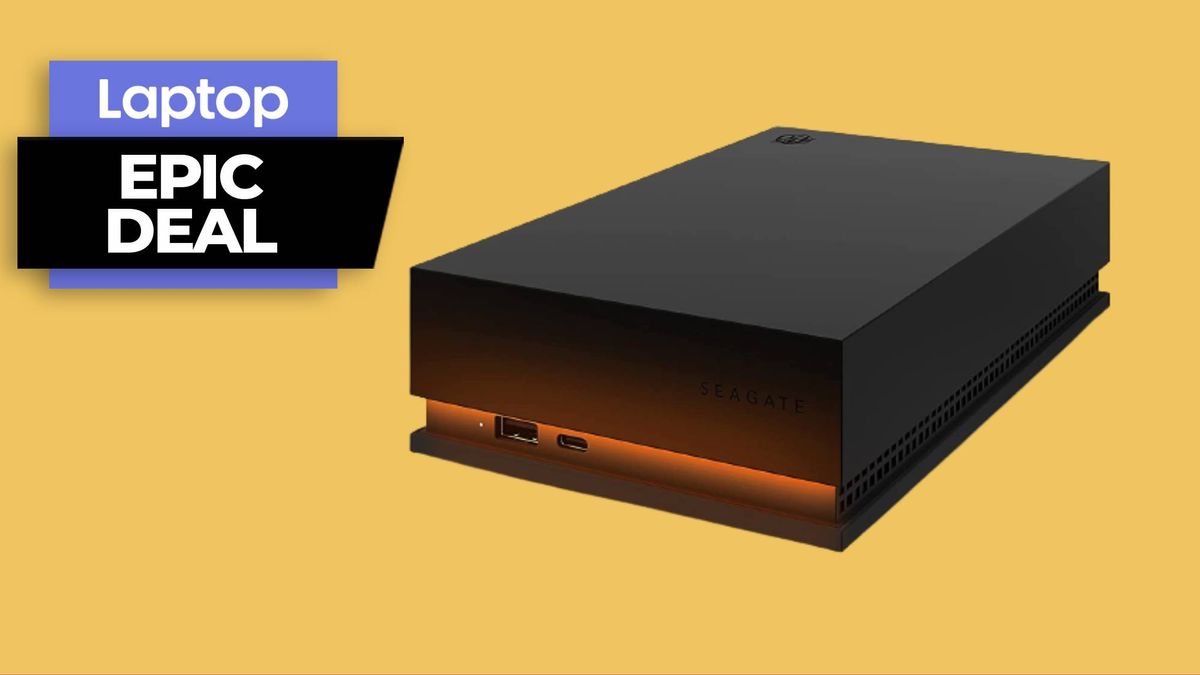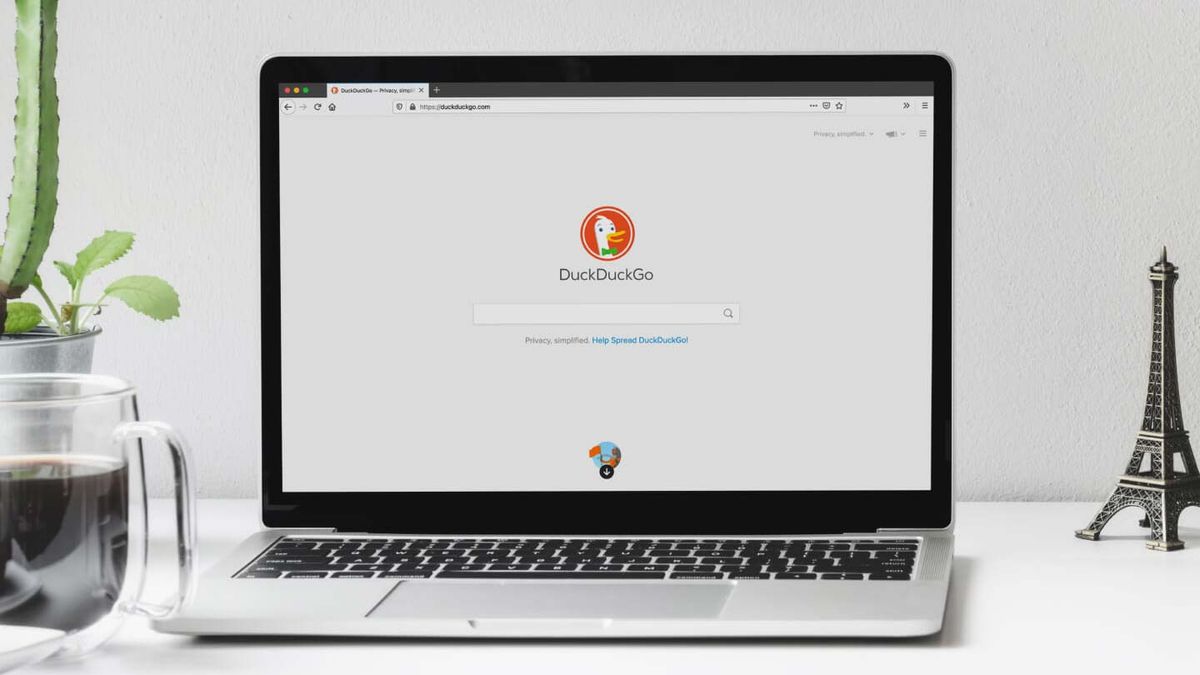“Wait — there are metaverse mortgages?!” I yelled incredulously after reading an email from a PR agent representing TerraZero, a Web 3.0 company that boasts that it’s the first to help users secure loans for digital properties.
In the physical world, after sinking yourself into a gut-wrenching 30-year debt contract to buy a home, you can at least seek solace in your newly purchased property and find a real corner to mope in. In the metaverse, you’ll be indebted without even having a pixelated pot to piss in. Paraphrasing Matthew McConaughey’s Wolf of Wall Street character, “It’s all a fugazi — it’s fairydust. It doesn’t exist. It’s not on the elemental chart. It’s not [expletive] real.”
Before the crypto bros come for my neck, it’s worth noting that I do believe in non-fungible tokens (NFTs), the engine that powers metaverse purchases and sales, but mostly as a fledgling technology. In fact, I believe the masses underestimate the potential of NFTs and misinterpret them as nothing but overpriced GIFs and avatars.
NFTs, believe it or not, technically have nothing to do with digital art — not even a little bit. At its core, NFTs simply utilize blockchain technology to establish individuals as owners of assets, and it’s auto-recorded on a network like Ethereum — that’s it! As such, when you decide to sell an asset on an NFT marketplace like OpenSea, the buyer can see everyone who’s ever purchased, sold and owned that asset — even the expenditures behind those transactions — because, as mentioned, they’re recorded on a public ledger.
In “The world’s first real estate NFT just got sold — why this is revolutionary,” I explained how NFTs could benefit the real property market, not the fugazi, fairydust one, because homeowners can, once all conditions are met, auto-transfer their titles to buyers without dealing with third parties, swaths of contracts and towering paperwork. If NFTs take off in the future, any industry that involves ownership and paperwork (e.g. trust companies, real estate, vehicles) will simply rely on blockchain tech.
However, after doing plenty of research in the metaverse, the concept of taking out a mortgage for digital properties is appalling — and not for the reason you may think.
Metaverse land — intangible real estate you can’t even touch nor feel — is expensive AF. On Decentraland, one of the most popular metaverse apps, the cheapest parcel you can get is valued at about $5,500. The most expensive? Well, someone with far too much audacity is currently selling their land for a whopping $900,000,000. You may be thinking, “Pfft, no one is going to buy that,” and you may be right, but someone did shell out $2.4 million to purchase a Decentraland plot last November — the platform’s biggest purchase to date.

Early this year, TerraZero made headlines for helping someone secure a $45,000 Decentraland plot with a mortgage. The Web 3.0 company didn’t disclose how much the client paid for their down payment, nor did it divulge the interest rate, but TerraZero did reveal that it was a two-year mortgage.
“We’re not doing 30-year mortgages,” TerraZero CEO and founder Dan Reitzik told National Mortgage News. “We don’t want to do anything more than two or three years, and that’s because the market just isn’t mature enough like the regular housing market. In shorter terms, interest rates are obviously higher than if you were to buy a piece of land in the real world.”
Reitzik also disclosed how TerraZero determines whether prospective borrowers are “mortgage worthy.” Proving to TerraZero that you have a viable metaverse business plan that will help repay your mortgage debt is part of the company’s vetting process.
I know what you’re thinking, “How the heck does one come up with a metaverse business plan?” Well, not all metaverse real-estate buyers simply buy and hold. Some are content creators with fantastical, whimsical ideas. For example, artists may want to construct a virtual music stage atop their digital plot, hoping to attract adoring fans to Decentraland, only allowing paying concertgoers to attend. After all, deadMau5 and Paris Hilton held concerts in Decentraland last year, so why can’t they do it, too?

To be real, though, if an artist has enough clout to sell out a virtual venue, they probably wouldn’t need a metaverse mortgage in the first place. They’d have enough wherewithal to purchase digital land outright (or simply secure a sponsorship).
After TerraZero verifies your identity via Know Your Customer (KYC) and Anti-Money Laundering checks, green lights your business plan and other vetting processes, you’ll be approved. The company will secure and hold your digital land as the registered owner until the loan is paid in full. During this time, borrowers can still build on the land, run digital storefronts, organize events, and more. Once the borrower repays their debt, TerraZero will transfer the NFT to the client, making them the official owner.
You may assume that I’m anti-metaverse mortgages because I’m skeptical about the metaverse as a whole. It’s not that I don’t believe in the metaverse — I do. It’s just that this concept of humans coming together in one shared, interactive simulated world, popularized by Meta (formerly Facebook), is still in its infancy.
To put this into perspective, if we’re mirroring the metaverse’s growth timeline with the trajectory of social media, we’re sitting somewhere before the onset of MySpace — just as Friendster and Xanga were gaining traction. We’re at a time now where metaverse platforms such as Decentraland and Sandbox are the talk of the town, but at the same time, they could be the metaverse’s version of Friendster and Xanga — doomed to die out as something bigger and more spectacular takes over.
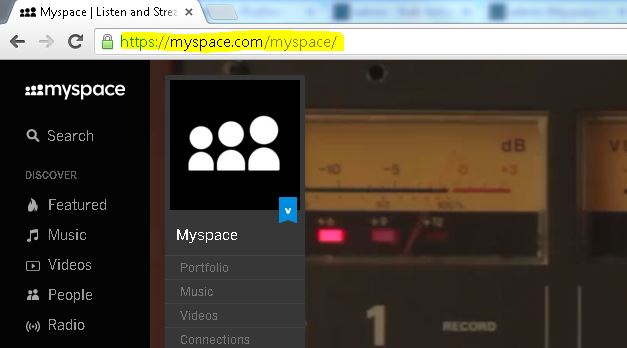
Anyone who placed all their bets on Friendster or Xanga being social networks with decades-long longevity is likely kicking themselves right now. I feel the same way about Decentraland and Sandbox; they’re not quite fulfilling our expectations in terms of how we imagine the metaverse. To be fair, these metaverse platforms are still in beta, so they have plenty of room to grow, but as it stands now, any entity can swoop in and become the metaverse’s next Instagram, Twitter or TikTok.
As such, if someone has money to blow, and they can comfortably drop tens of thousands of dollars on metaverse real estate, more power to ‘em! However, if one finds themselves in a situation where they need to Klarna and Afterpay the virtual plots they want to purchase, perhaps they should think twice. As the old adage goes, don’t invest what you can’t afford to lose.
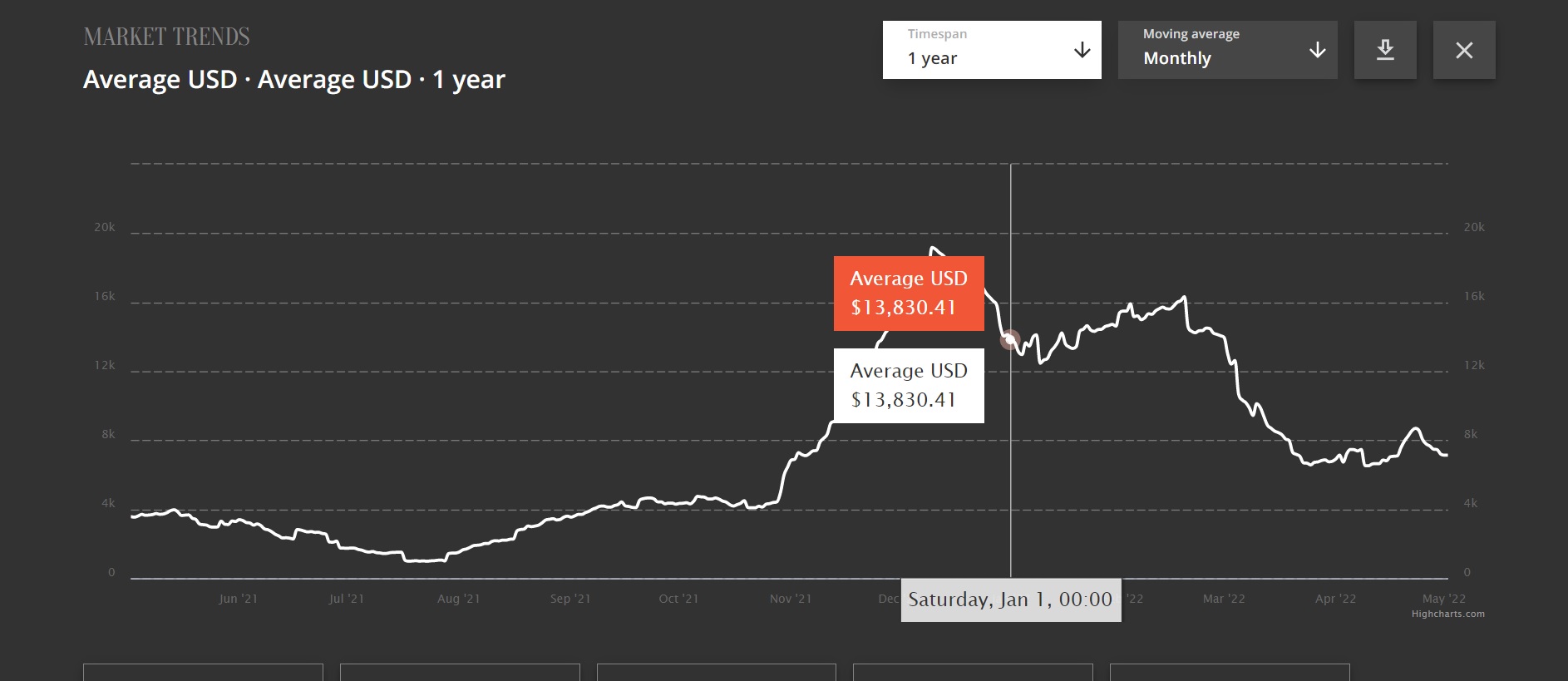
Let’s say TerraZero’s client secured a metaverse mortgage for his $45,000 plot in January. According to NonFungible.com, the average value of NFTs on the Decentraland marketplace during that time was about $14,000. As of this writing, the value plummeted to $7,000, so Decentraland isn’t doing so hot. Worst case scenario is that Decentraland fails to rise to the occasion as the next big metaverse platform, it becomes defunct, its digital lands are worthless, and the client is stuck playing the rest of the $45,000, plus interest, for two years.
Best case scenario is that Decentraland takes over the world and everyone scrambles to purchase virtual plots, driving up their value. The client is able to sell his $45k parcel for $70k, so the mortgage was a worthwhile pursuit. This isn’t impossible, but Decentraland would have to reach Roblox levels of popularity, which is quite the challenge. Sinking one’s self into $45,000+ of debt for an investment that hinges on Decentraland reaching worldwide success is total lunacy. I said what I said!
Bottom line
Right now, anyone can connect their crypto wallet to the Decentraland app, create an avatar and walk around its vast virtual world. You’ll see casinos filled with poker tables, sprawling fields and parks, music events, and more. You can purchase new gear for your avatar by equipping your wallet with an Ethereum-based cryptocurrency called Mana.
With that in mind, if Decentraland wants to reach a level of success that will benefit investors, it should consider selling virtual billboards and marquees — you know, ad spaces. If they’re located in high-traffic hubs, they’ll be valued higher. Advertisers can pay the owners of these virtual ad spaces via monthly or annual subscriptions, allowing investors to recoup their investments.
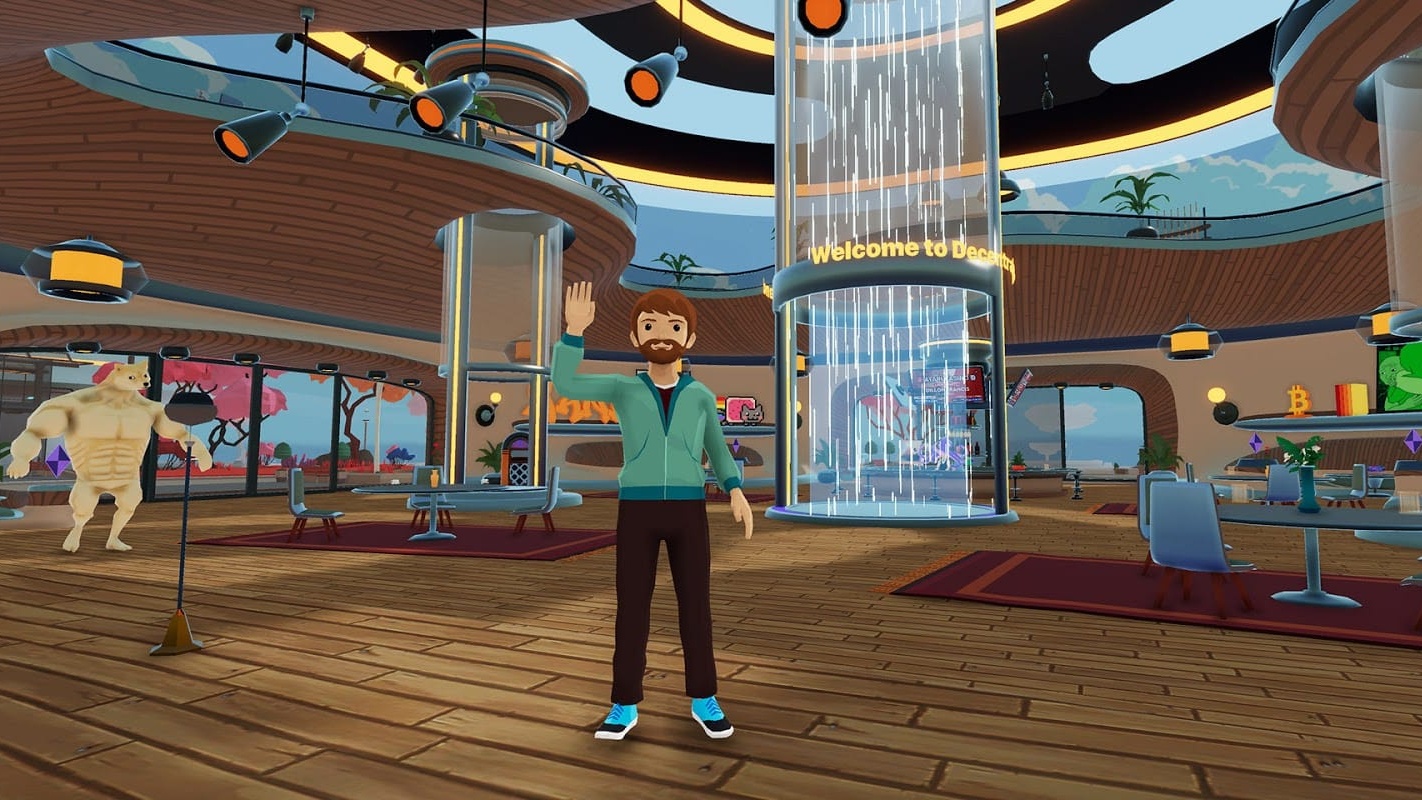
Decentraland would have to host spectacular events regularly (e.g. the deadmau5 concert), attracting more avatars around the world who will inevitably see the interactive, clickable ads as they roam around the simulated environment. Investors will be happy as they collect more ad-space money, advertisers will be over the moon as hundreds of thousands of eyes see their marketing campaigns, and Decentraland users will be elated because they’re enjoying addictive content.
Until Decentraland shows a roadmap along those lines, I’d reconsider purchasing virtual land. As far as securing a metaverse mortgage, I wouldn’t do it at all. Who wants to be locked into a two-year repayment contract in such a volatile market? Hopefully your answer is, “Not I!”


